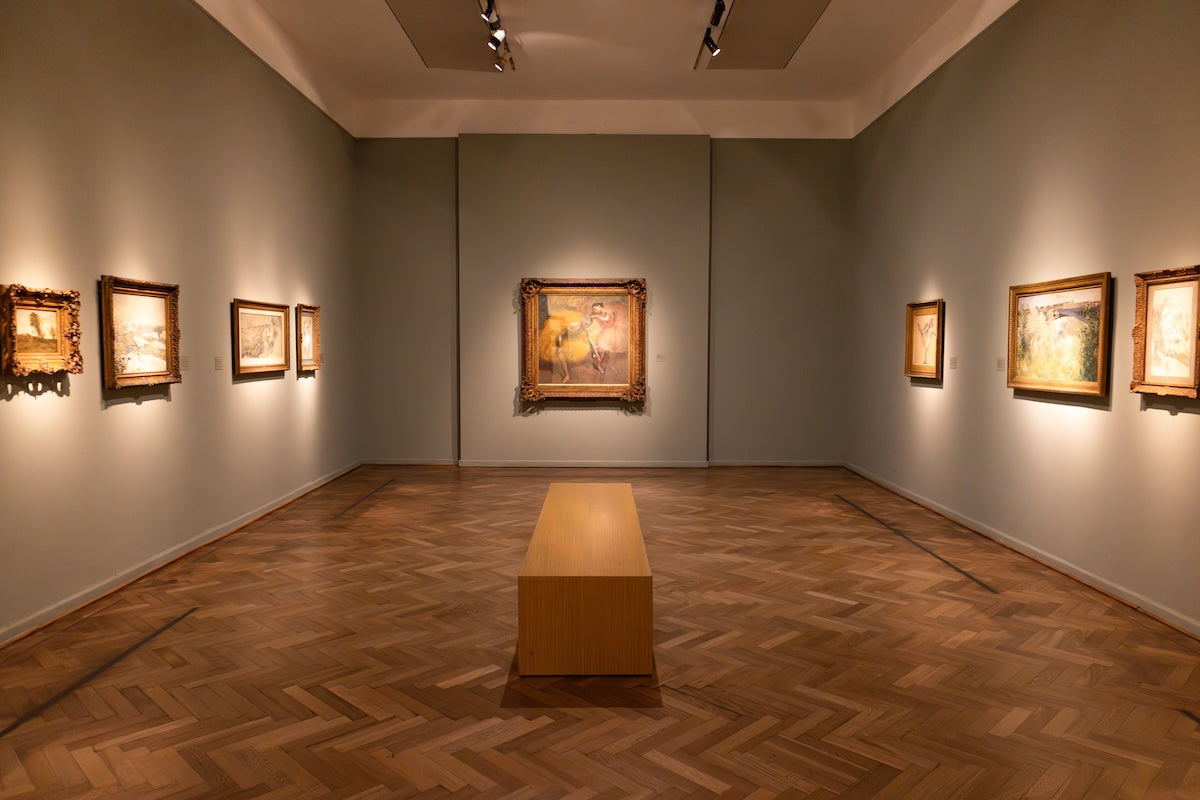Preserve Cultural Heritage with Real-Time Environmental Monitoring
In the United States, museums and art galleries safeguard irreplaceable cultural treasures, from historic paintings to ancient artifacts. Yet, maintaining optimal environmental conditions to prevent damage is a constant challenge. Fluctuations in temperature, humidity, or light can cause mold growth, fading, or structural degradation, leading to millions in restoration costs. A 2023 report found that 35% of U.S. art museums have experienced climate-related damage to their collections Ithaka S+R. Wireless sensor technology, particularly Bluetooth Low Energy (BLE), offers a cutting-edge solution to monitor conditions in real-time, ensuring artworks remain safe. At Blue Maestro, our WHO-approved Disc Mini Temperature sensor, trusted by institutions like the UK’s National Trust and National Portrait Gallery, provides discreet, reliable monitoring. Discover how wireless sensors can safeguard your collections—contact us today for a demo.The High Cost of Environmental Damage in Museums
Artworks are highly sensitive to their environment. High humidity can foster mold growth on paintings, while excessive light fades colors, and temperature swings cause materials to crack or warp. The National Museum of Asian Art notes that environmental factors significantly impact preservation, affecting the chemical and physical properties of artworks. In the U.S., improper storage contributes to an estimated $1 billion in annual restoration costs, with individual incidents costing tens of thousands.Consider Sarah, a curator at a small museum in Boston. During a routine check, she discovered mold on a 19th-century oil painting stored in a basement, caused by undetected high humidity. The restoration cost $50,000, straining the museum’s budget. Similarly, in 2018, a fire in a storage space at Paula Cooper Gallery in New York caused extensive smoke damage to artworks, highlighting the risks of inadequate monitoring Artsy. These incidents underscore the need for continuous, automated monitoring to protect both displayed and stored collections.

The Power of Wireless Sensors
Wireless sensors are revolutionizing museum preservation by providing continuous, accurate data on environmental conditions like temperature, humidity, and light levels. These compact devices transmit data wirelessly to central systems or mobile devices, eliminating the inefficiencies of manual checks. Unlike traditional methods, wireless sensors operate 24/7, ensuring no deviation goes unnoticed. Key advantages include:- Continuous monitoring to detect issues instantly, preventing damage.
- Cost savings by reducing restoration needs, with some museums reporting up to 40% less damage.
- High accuracy to meet preservation standards for sensitive materials.
- Easy installation in exhibition spaces and storage areas.
- Scalability to cover large collections or multiple sites.
Why Bluetooth Low Energy (BLE) Excels
Among wireless technologies, Bluetooth Low Energy (BLE) is ideal for museum monitoring due to its low power consumption and mobile-centric design. Developed by the Bluetooth SIG, BLE sensors transmit small data packets, such as temperature or humidity readings, while operating for years on a single battery. Their integration with smartphones via powerful apps eliminates the need for costly, specialized equipment, simplifying workflows for curators and conservators.BLE sensors offer several benefits for museums:
- Low power consumption, with batteries lasting up to 5 years, minimizing maintenance.
- Mobile integration with apps for real-time data access on the go.
- AES-128 encryption for secure data transmission, protecting sensitive information.
- Interoperability with standardized protocols for seamless device compatibility.
- Real-time alerts to mobile devices if conditions deviate from safe ranges.
Blue Maestro’s Disc Mini Temperature: A Trusted Solution
At Blue Maestro, we specialize in BLE sensors tailored for museum environments. Our Disc Mini Temperature, approved by the World Health Organization for precision, is ideal for monitoring artworks. Its compact design allows it to be discreetly placed behind paintings or inside display cases, ensuring precise data collection without affecting the visitor experience. Key features include:- Accurate temperature and humidity monitoring to prevent mold and degradation.
- Instant alerts via mobile apps for rapid response to environmental changes.
- Long battery life of up to 5 years, reducing maintenance costs.
- Flexible integration with existing systems or standalone operation.
- WHO approval, ensuring reliability for critical preservation tasks.
Overcoming Challenges of Wireless Sensors
Wireless sensors, including BLE, have potential limitations, but these can be addressed:- Limited Range: BLE’s 30–100-meter range can be extended using mesh networks, allowing coverage across large galleries Bluetooth SIG.
- Interference: Frequency hopping mitigates disruptions in the 2.4 GHz band, ensuring reliable performance.
- Security Concerns: AES-128 encryption and authentication protocols protect data, critical for museum applications.
- Compatibility: Standard APIs enable easy integration with existing systems, simplifying adoption.